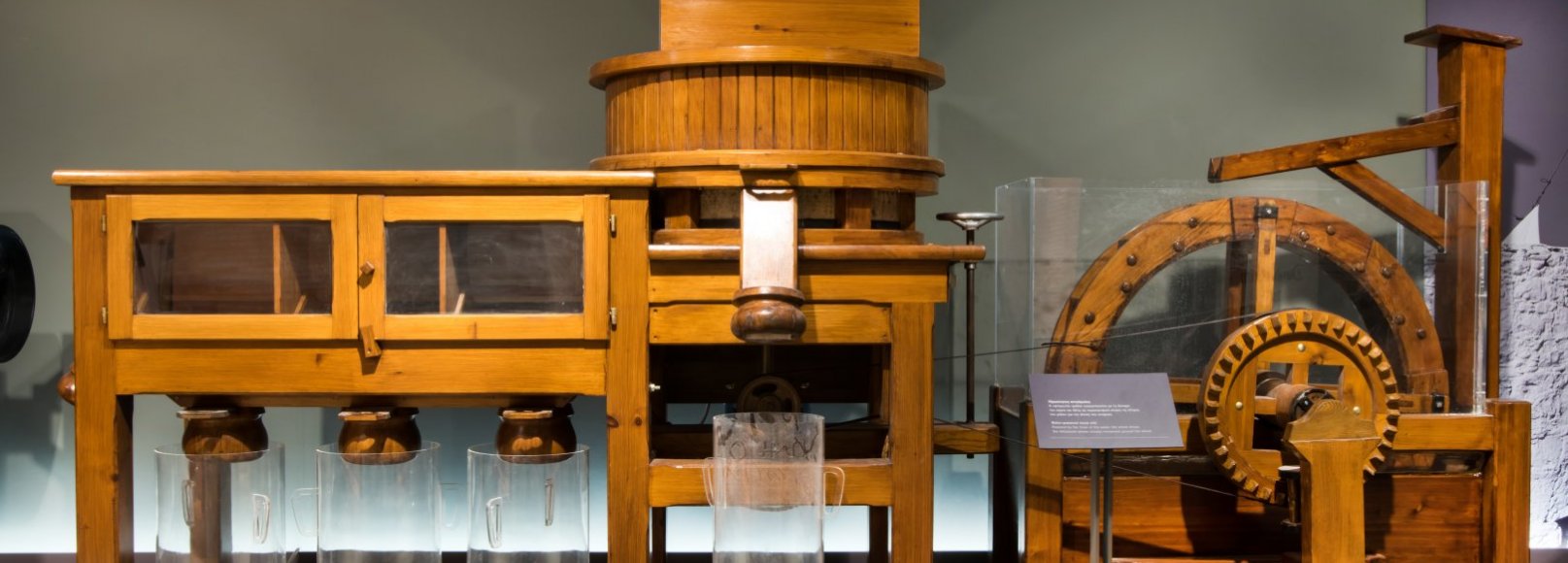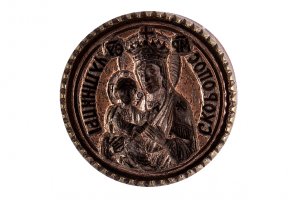Powered by water
Watermill is the first work production machine constructed by man using water energy. The water was flowing forcefully on the circular impeller and as it turned around with the help of the strap it moved the millstone. This invention was significant for the evolution of Man and was used in many applications that covered most of the needs of pre-industrial societies by replacing humans or animals that used to move the millstone until that time.
The earliest-water-powered installation is attributed to the Greek engineer Philo of Byzantium, who was active, in the 3rd century BC . and was perfected by the architect Vitruvius during the Roman era and acquired "industrial form".The watermill mechanism is based on two parts: the propeller with the impeller and the propeller with the millstones and the operating components.
Two main types of watermill operated in Greece named after their spreading areas: "Roman” with the upright outer impeller where water flow was high and the "Eastern" or "Greek" with horizontal inner impeller, less water flow and it was necessary constructions to be done to collect and channelize water (lakes, grooves, tanks) in order to operate the watermill.
The watermills were built near rivers and cloughs. The buildings were stone-built with elements in their construction influenced by the local architecture.For their time, watermills have played an important role in the economic and social life of the place. It was considered as a gathering place for people to grind their crops, socialize themselves and share the news of the local community.
Nowadays, watermills carry stories, songs and traditions with them.Many fairy tales mention watermills, where “kallikantzaroi” (elves) appeared on Christmas Day teasing millers. They either opened the sacks of ground flour by scattering it down or stopped the millstone causing trouble to the millers constantly. They stayed there until Epiphany when the water was sanctified and the priests banished them with agiastira.
Today, many of them exist all around Greece and are open to the public.


